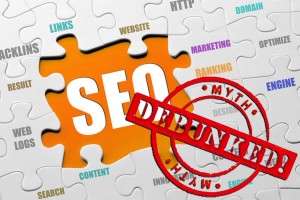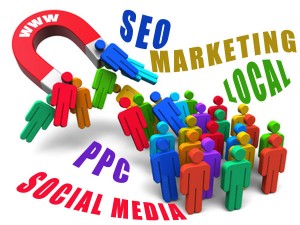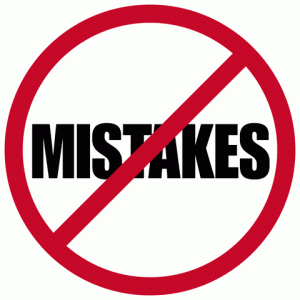Four Steps to Investigate Plummeting Traffic After a Relaunch
Nothing is more frustrating than spending weeks or even months to redesign your website, only to see traffic plummet soon after the new version of the site goes live. It’s especially frustrating because you obviously did all the work because you expected to improve your search engine ranking, get more traffic and see more conversions. Where did it all go wrong?
In most cases, there is no single culprit; it’s usually a series of small mistakes that, on their own, would create minimal damage to your traffic but when taken together can be disastrous. Here are four of the most common problems we’ve found at eVisible when people try to relaunch their sites and their traffic tanks:
Check Google Analytics
It’s possible that your site’s analytic tracking didn’t automatically restart when your new site was launched. Manually check Google Analytics to make sure that it’s enabled and working properly; if it isn’t, check individual pages for issues like missing tracking code placement.
Recheck Google Analytics
You can also go deeper with your analytic research to see if there are unforeseen problems. Make sure that you have 301 redirects for any pages whose address structures have changed and thoroughly look for any 404 pages. Do a keyword search to see which keywords are underperforming and if they have been removed from poorly performing pages.
Review Your robots.txt File
It’s possible that your site has been deindexed for some reason. One possible explanation is with your robots.txt file. Check the head of page source code for a meta robots tag exclaiming noindex and also check for anything that says “disallow:/” in the code.
Check for Host or Server Issues
Changing your hosting or server can lead to communications issues that will make it impossible for search engines to index your site. There are several tools available for checking your DNS health; one thing you absolutely should do is look at your DNS errors and server connectivity in your Google or Bing Webmaster Tools.
 Posted on September 12, 2013
Posted on September 12, 2013
 Posted on August 5, 2013
Posted on August 5, 2013

 Posted on July 2, 2013
Posted on July 2, 2013 Posted on June 27, 2013
Posted on June 27, 2013

 Posted on June 17, 2013
Posted on June 17, 2013
 Posted on May 20, 2013
Posted on May 20, 2013